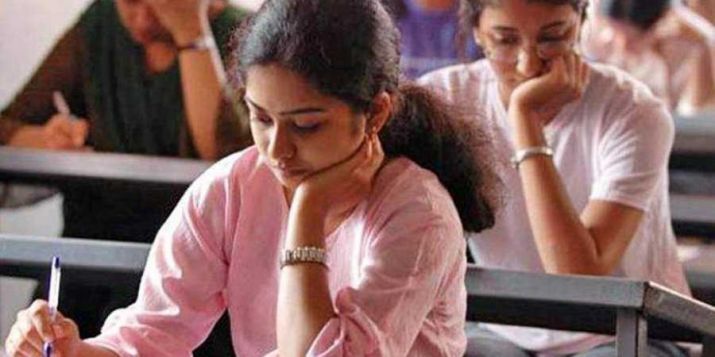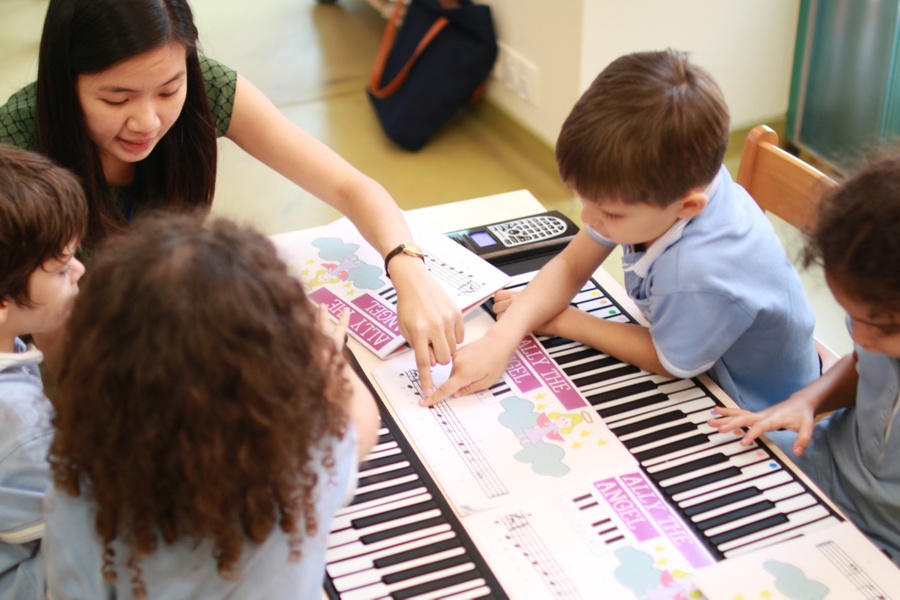National Testing Agency has released a new pattern for the JEE Main examination and has also introduced a new paper: JEE Main Paper 3. In this article, we will try to understand the new exam pattern as well as the differences between JEE Main Paper 1, Paper 2, and Paper 3.
On September 3, the National Testing Agency introduced some changes in the exam pattern for JEE Main. They also introduced a new paper called JEE Main Paper 3, which will be conducted for B.Plan aspirants. Earlier, NTA used to conduct two papers:
- JEE Main Paper 1: Conducted for students interested in pursuing B.Tech/B.E. undergraduate programs from eminent institutes of the country.
- JEE Main Paper 2: Conducted for students aspiring to pursue B.Arch courses from the prominent institutes of the country.
From this year onwards, along with the above two exams, a third exam called JEE Main Paper 3 will be conducted.
- JEE Main Paper 3: This exam will be conducted for the students interested in enrolling in a B.Plan course. It will be conducted between 6 January and 11 January 2020, with the exam timing being 2:30 PM–5:30 PM.
Let us understand the exams one by one.
JEE Main Paper 1: For engineering aspirants
JEE Main Paper 1, meant for engineering aspirants, will be conducted in the second week of January 2020 (6 Jan 2020–11 Jan 2020). The mode of examination will be online, and it will be a computer-based test. JEE Main Paper 1 consists of three sections, namely, Physics, Chemistry, and Mathematics.
According to the new exam pattern of 2020, each section will consist of 25 questions. Twenty will be MCQ and 5 will be numerical value–based questions. Therefore, JEE Main Paper 1 will consist of a total of 75 questions and will be of 300 marks.
The table below provides the detailed marks distribution and marking scheme:
| Subject | No. of questions | Marking scheme | Negative Marking | Total Marks |
| Physics | 20 MCQs and 5 Numerical Value–Based | +4 for a correct response | -1 for an incorrect response in MCQ questions, no negative marking for numerical value–based questions | 100 |
| Chemistry | 20 MCQ and 5 Numerical Value-Based
|
+4 for a correct response | -1 for an incorrect response in MCQ questions, no negative marking for numerical value–based questions | 100 |
| Mathematics | 20 MCQ and 5 Numerical Value-Based
|
+4 for a correct response | -1 for an incorrect response in MCQ questions, no negative marking for numerical value–based questions | 100 |
The exam duration will be 3 hours for normal students and 4 hours for physically challenged students. The maximum marks an individual can score is 300. Students can take the exam in English or Hindi. Students from Gujarat, Dadra & Nagar Haveli and Daman & Diu can also take the exam in Gujarati.
JEE Main Paper 2: For architecture aspirants
JEE Main Paper 2 is for students who aspire to pursue a career in architecture and enrol in B.Arch programs in eminent institutes of the country. The exam is scheduled to be conducted in the first week of January 2020. The exam will be conducted in both online and offline mode: there will be a computer-based test, and a drawing test will be conducted offline on an A4 size paper provided by the exam centre. JEE Main Paper 2 will consist of three parts:
- Mathematics: will comprise 20 multiple-choice questions and 5 numerical value–based questions
- Aptitude Test: will comprise 50 multiple-choice questions
- Drawing: will comprise 2 questions that students must solve on an A4 size white paper provided by the exam centre.
All questions have equal weight, and students will get 4 marks for every correct answer. For the drawing test, students will score marks based on their drawing skills and accuracy. The table below provides information about the marking scheme for JEE Main Paper 2:
| Subjects | No. of questions | Marking Scheme | Negative Marking | Total Marks |
| Mathematics | 20 MCQs and 5 Numerical Value-Based
|
+4 for a correct response | -1 for an incorrect response in MCQ questions, no negative marking for numerical value–based questions | 100 |
| Aptitude Test | 50 MCQ questions | +4 for a correct response | -1 for an incorrect response | 200 |
| Drawing Test | 2 | Marks will be rewarded according to the drawing capabilities of the student | No negative marking | 100 |
The duration of JEE Main Paper 2 will be 3 hours, and the maximum marks an individual can score is 400. Students can take the exam in English or Hindi. Students from Gujarat, Dadra & Nagar Haveli and Daman & Diu can take the exam in Gujarati as well.
JEE Main Paper 3: For students interested in B.Plan
JEE Main Paper 3 will be conducted this year for students who are interested in pursuing a UG course in B.Plan. The exam mode will be online, and the exam will comprise a computer-based test of 3 hours. The exam for JEE Main Paper 3 is scheduled to be held in the first week of January 2020. The examination will have three sections:
- Mathematics: will comprise 20 multiple-choice questions and 5 numerical value–based questions
- Aptitude: will comprise 50 multiple-choice questions
- Planning: will comprise 25 multiple-choice questions
All questions will carry equal weight, and students will score +4 for a correct answer and -1 for an incorrect answer. However, no negative marking is applicable for the numerical value–based questions and unattempted questions.
Please refer to the table below for the detailed marking scheme of JEE Main Paper 3:
| Subjects | No. of questions | Marking Scheme | Negative Marking | Total Marks |
| Mathematics | 20 MCQs and 5 numerical value-based | +4 for a correct response | -1 for an incorrect response in MCQ questions, no negative marking for numerical value–based questions
|
100 |
| Aptitude Test | 50 MCQ questions | +4 for a correct response | -1 for an incorrect response | 200 |
| Planning | 25 MCQ questions | +4 for a correct response | -1 for an incorrect response | 100 |
The duration of the exam will be 3 hours, and an individual can score a maximum of 400 marks. Students can take the exam in English or Hindi. Students from Gujarat, Dadra & Nagar Haveli and Daman & Diu can take the exam in Gujarati as well.
Difference between JEE Main Paper 1, Paper 2 and Paper 3
After looking in detail at all the three entrance examinations conducted by NTA, let us understand the differences between them in tabular form.
| Variable | JEE Main Paper 1 | JEE Main Paper 2 | JEE Main Paper 3 |
| Conducted for | B.E./B.Tech aspirants | B.Arch aspirants | B.Plan aspirants |
| Language | English/Hindi and Gujarati (in Gujarat, Dadra & Nagar Haveli, and Daman & Diu) | English/Hindi and Gujarati (in Gujarat, Dadra & Nagar Haveli, and Daman & Diu) | English/Hindi and Gujarati (in Gujarat, Dadra & Nagar Haveli, and Daman & Diu) |
| Mode of examination | Online | Online for MCQs and offline for drawing test | Online |
| No. of questions | 75; 60 MCQs and 15 numerical value–based questions | 77; 70 MCQs, 2 drawing-based questions, and 5 numerical value–based questions
|
100; 95 MCQs and 5 numerical value–based questions
|
| Sections | Physics, Chemistry, and Mathematics | Mathematics, Aptitude, and Drawing | Mathematics, Aptitude, and Planning |
| Maximum marks | 300 | 400 | 400 |
| Marking Scheme | +4 for correct response and -1 for an incorrect response, no negative marking for numerical value-based and unattempted questions | +4 for correct response and -1 for an incorrect response, no negative marking for numerical value-based, drawing test, and unattempted questions | +4 for correct response and -1 for an incorrect response, no negative marking for numerical value-based and unattempted questions |
We hope you understand the differences between the three JEE Main Papers now. Thank you for reading. I wish you all the best for your boards and entrance examinations.
For latest updates on JEE Main 2020 visit at – https://www.shiksha.com/b-tech/jee-main-exam
























